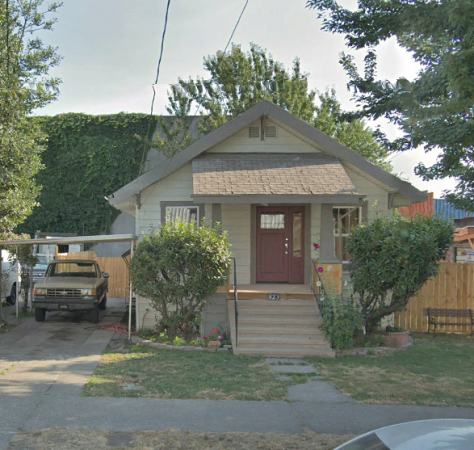A first time investment client sold a small rental house which had been owned for some 19 years. The client was married with two children and looking for a potential source of income to pay for the college education of his children, some 6-9 years down the road. We found a two tenant commercial investment, in a price range that was financeable by a commercial bank.
The client chose to uses his existing banking relationship for the new financing. He was under the 180 day time frame to complete the transaction called for by IRS Section 1031, or lose his ability to defer his capital gain. His bank failed to perform and imperiled the Exchange.
Instead of the client losing his tax savings, we created a unique solution to the problem:
- The client formed an LLC for his ownership in the property.
- The firm brought in another investor client to consider sharing ownership of the property.
- The transaction was structured into a Tenancy In Common (“TIC”) transaction with shared ownership. The down payment on the property was restructured to total over 60% of the purchase price.
- The agreement of the TIC ownership is to forego cash flow and amortize the balance of the purchase price over the life of the term remaining with the anchor tenant (approximately 6 ½ years). The anchor tenant has several options at the end of that term. This takes the ACR concept to the extreme.
- At the conclusion of the current anchor and small tenant leases, the TIC will have a free and clear property and a cash reserve equal to at least one year’s taxes and insurance (we call this an ACR or Actual Cash Reserve).
- When the 6 ½ years end, the anchor tenant will renew or a new tenant will be procured for the anchor space and the other small shop space.
- The TIC owners will then; continue in ownership by financing back the initial invested money, sell to another investor, or sell internally to the owners of the TIC.
- THE INTERNAL RATE OF RETURN UNDER THE STRUCTURE OF THE TIC YIELDS A RETURN IN EXCESS OF 10% PER ANNUM ON THE INVESTED CAPITAL.



